It had been many years since I last shot in analog, and the classic twin-lens reflex cameras have always been at the top of my wish list. Being able to photograph while looking at the image on the ground glass screen is an experience that every photographer should try.
The Rolleiflex, made by Franke & Heidecke, are generally considered the quintessential machines of this type. Many of the greatest photographers of the 20th century have used these true gems, both mechanically and optically, thanks to the lenses from Zeiss (especially the legendary 80mm Planar f2.8) and Schneider-Kreuznach (the Xenar 75mm f3.5). Today, these machines have reached high prices, but alongside the Rolleiflex, Franke & Heidecke also produced a “lesser” model: the Rolleicord.
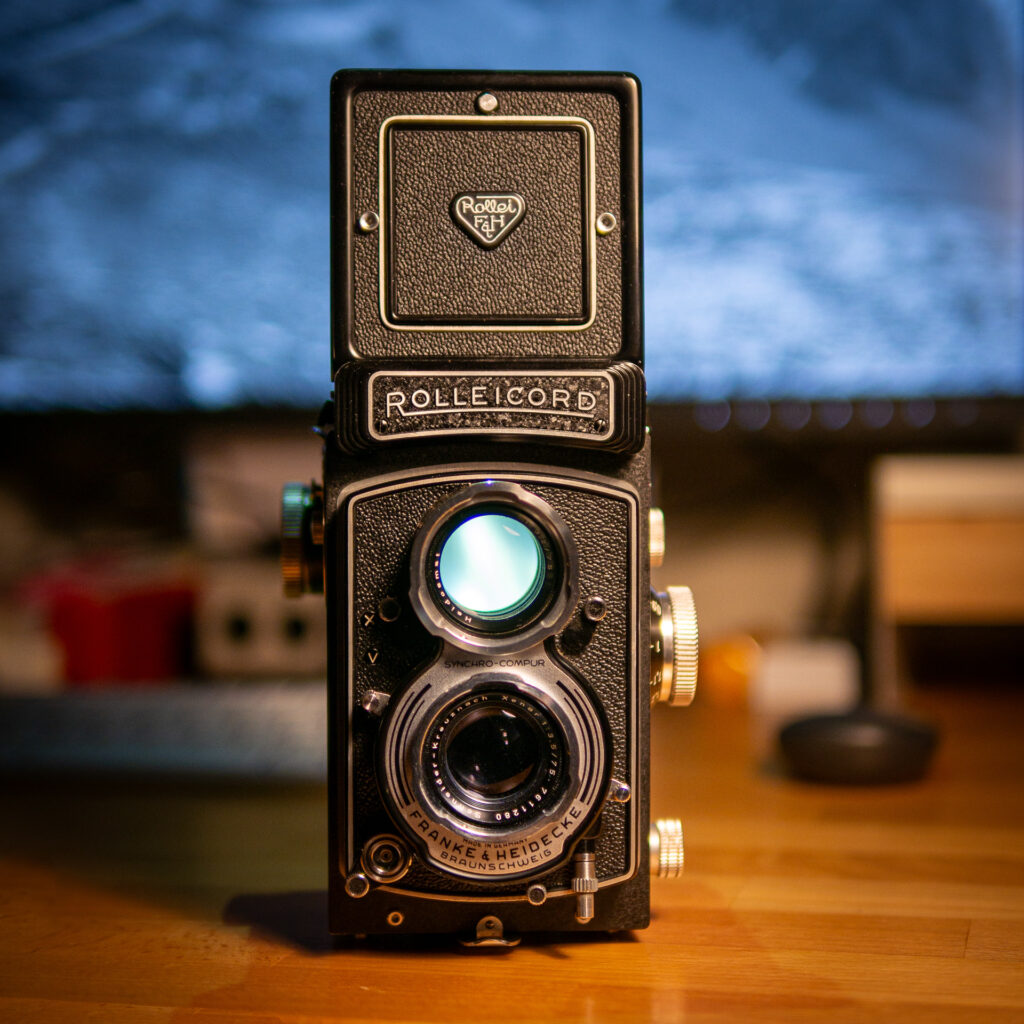
In reality, there is very little “lesser” about it: perhaps a slightly simpler mechanism, but precisely for this reason, Rolleicords are lighter and more practical tools, very robust and optically superb. Just look online at the debates over the various renditions of these lenses; the most common opinion is that on paper, the Zeiss Planars are better, but in practical terms, when it comes to prints, this difference is intangible and attributable only to the different characters of each optic.
I managed to find a Rolleicord Vb (1963) in excellent condition and wanted to try it out during one of my excursions. So I chose to go to the mountains near my home, precisely to Tornetti in the Lanzo Valleys in the northwest part of Italy, in the Alps. These are largely sparsely inhabited areas, where mainly herds of cows and goats graze during the short summer season. In winter, you can only encounter wild animals and a few other hikers.
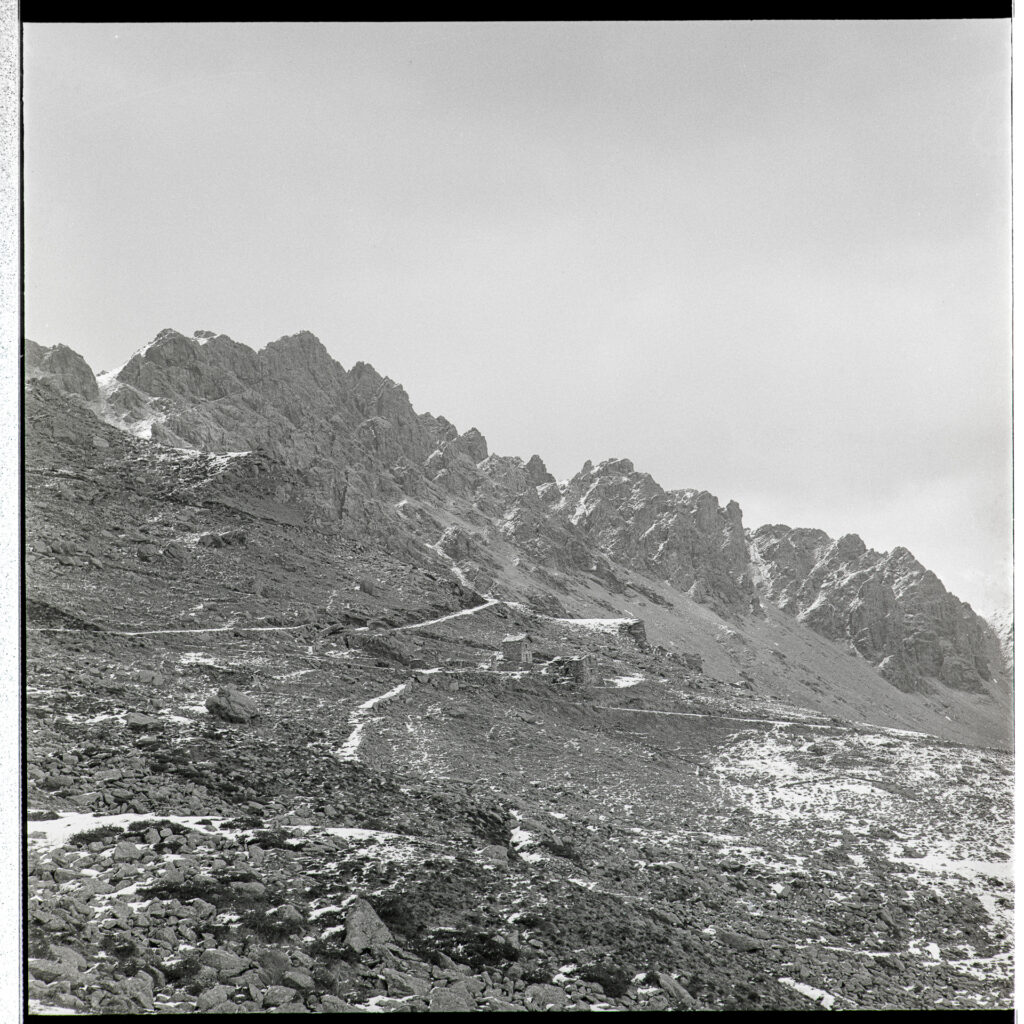
For my first roll, I used a Ilford HP5 Plus (400 iso) in black and white. It was the first time I used a completely mechanical camera without an inbuilt light meter. With some hesitation, I relied on one of the many phone applications to calculate the exposure, and I must say that everything went smoothly without any issues. Many of these applications also allow you to select the lens and format used, so you can simulate the framing on the fly. In the future, I’ll consider getting a professional light meter but so far I’m quite happy with the phone. Checking the exposure, I soon realized that 400 iso, during a day in the snow (albeit cloudy), might not be the best choice, considering that the maximum shutter speed on the Rolleicord is 1/500th of a second. However, with relatively small apertures and thanks to the film’s excellent light retention, I managed to take some shots without too much trouble.
Returning to shooting on film has been a magnificent sensation. I rediscovered a much more thoughtful way of photographing, which I believe also greatly aids in learning more compared to digital. Once I obtained the negatives from the lab, I scanned them with my Panasonic dslr and the Sigma 150mm 2.8 macro lens, and the result, as you can see, is a series of images with remarkable detail and a unique rendering, which is difficult to achieve with a digital camera.
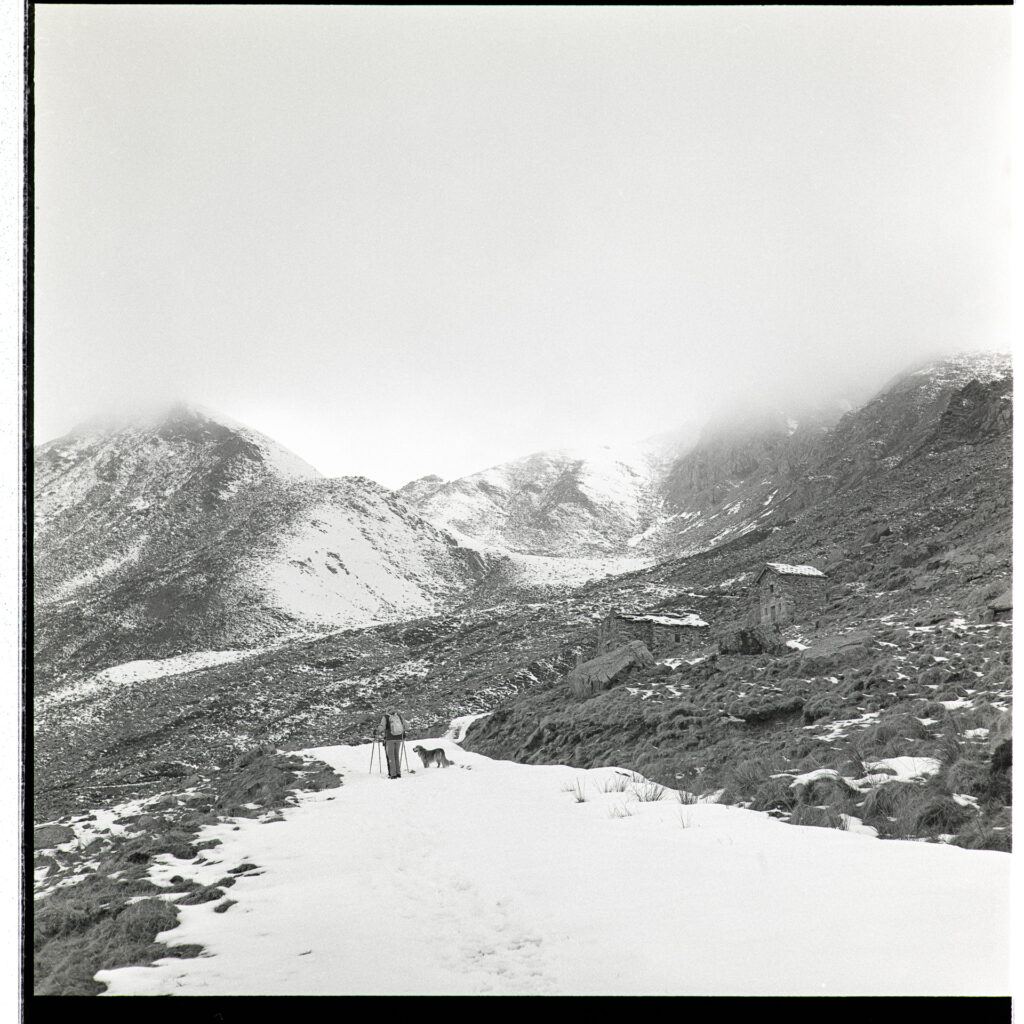
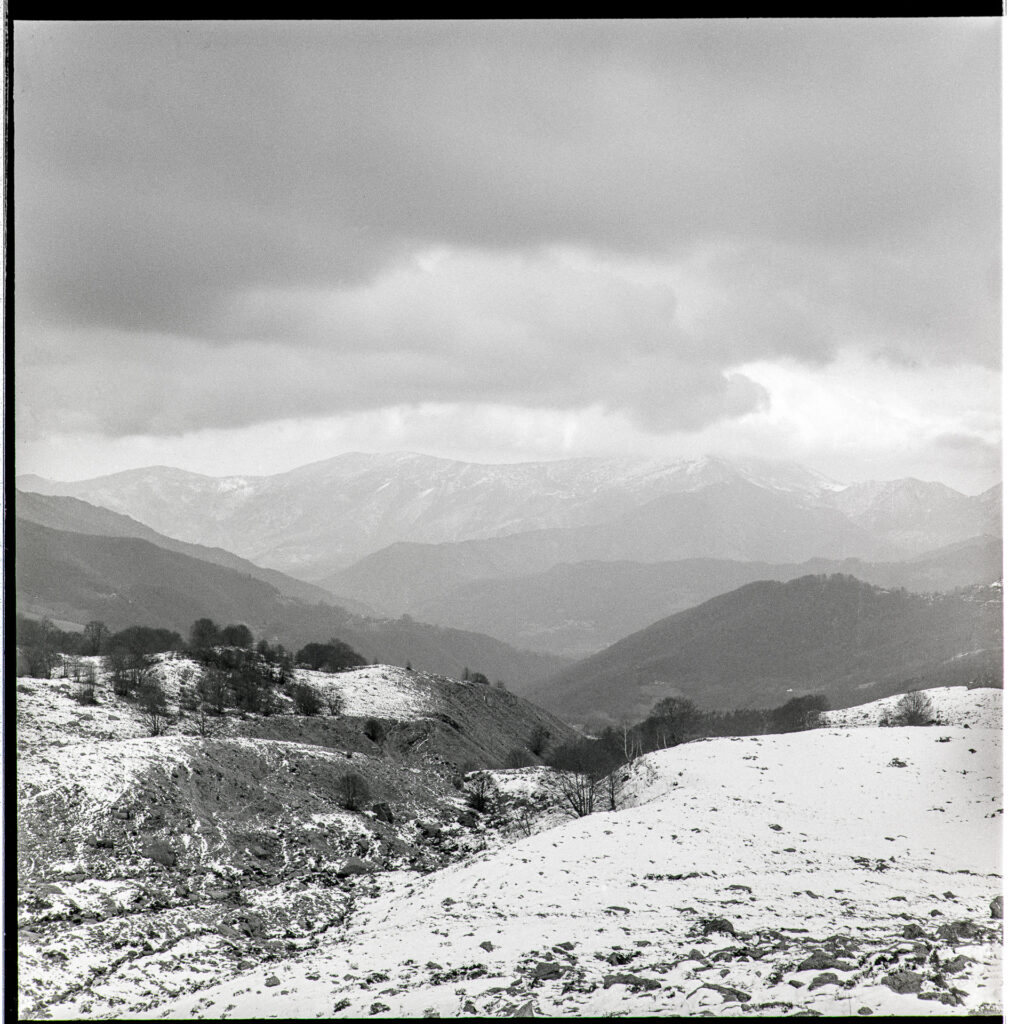
Now I can’t wait to test my Rolleicord with my next Portra 400 roll, so… stay tuned!
Thanks for watching, you can find me on my website and Instagram.
Share this post:
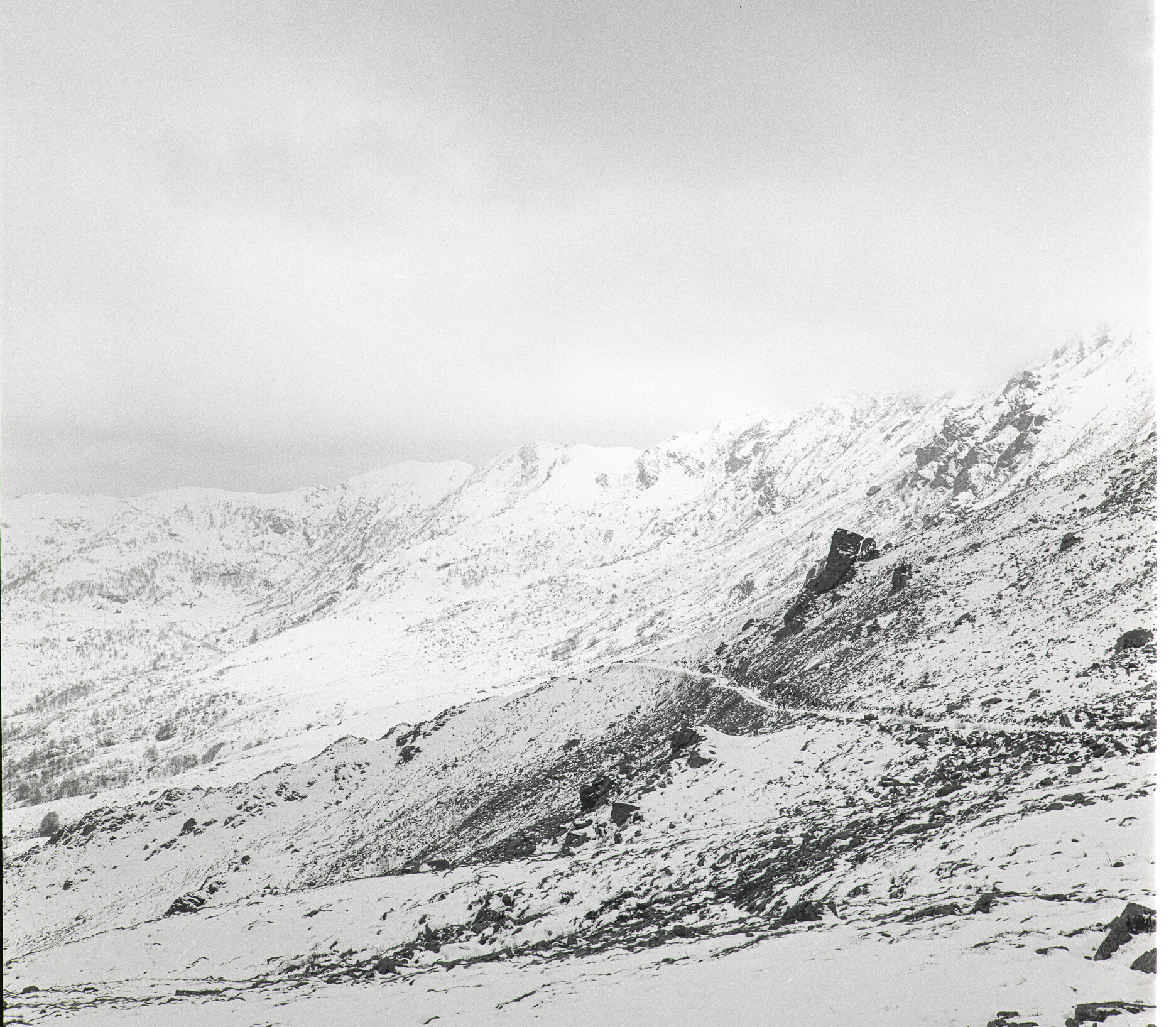
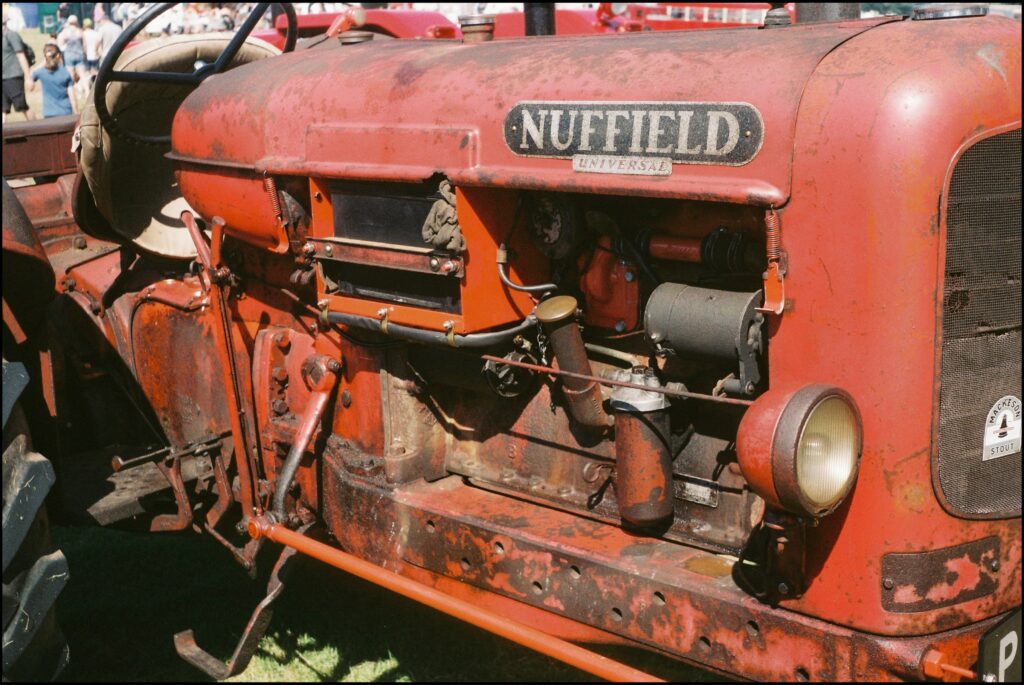
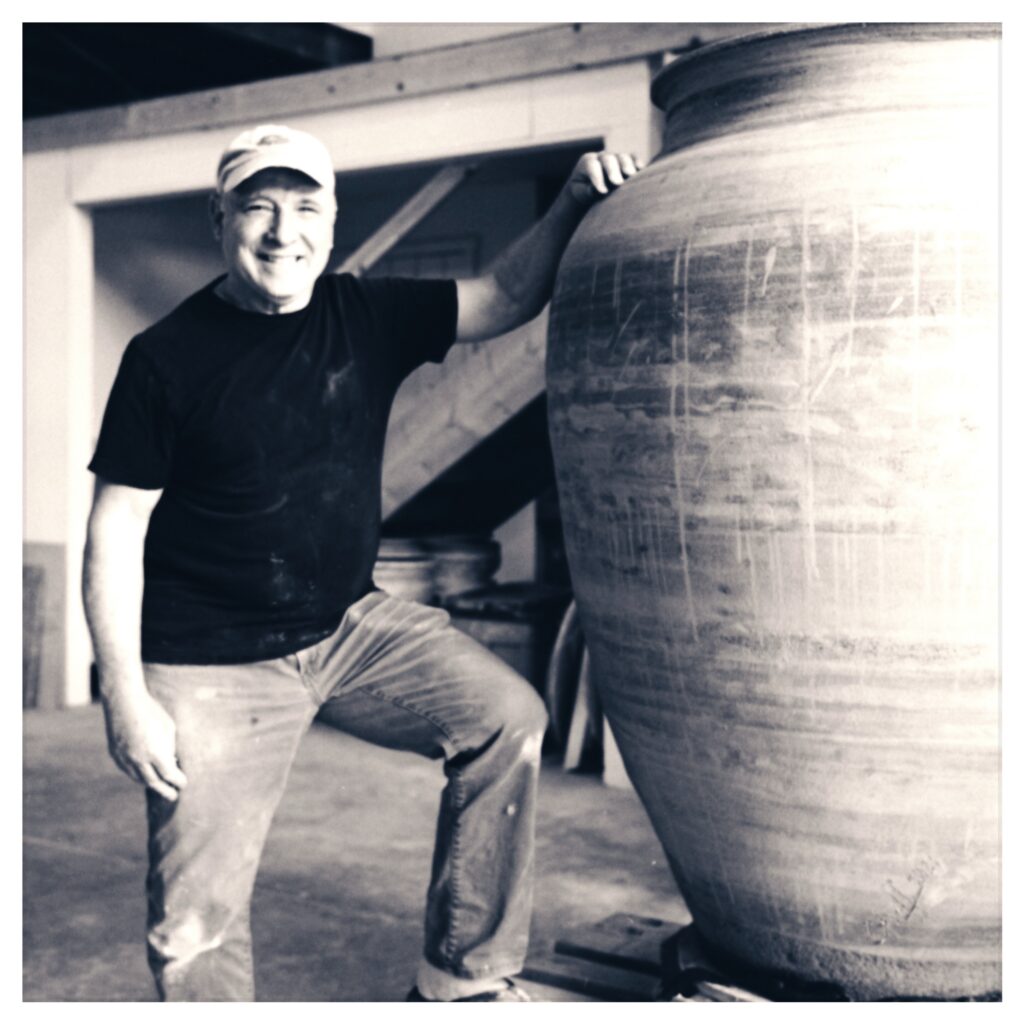
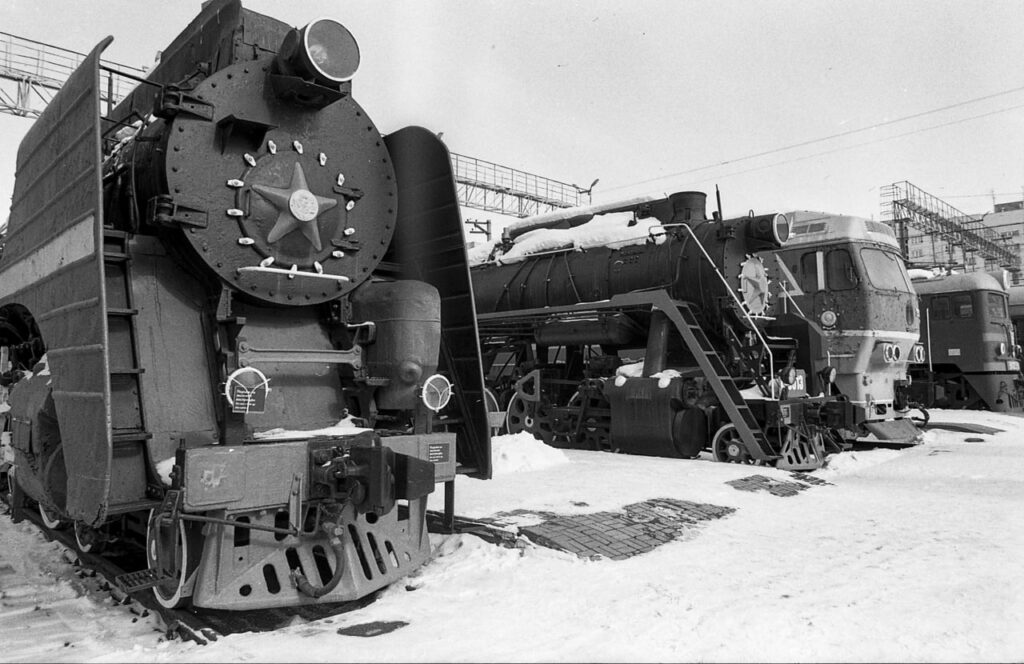
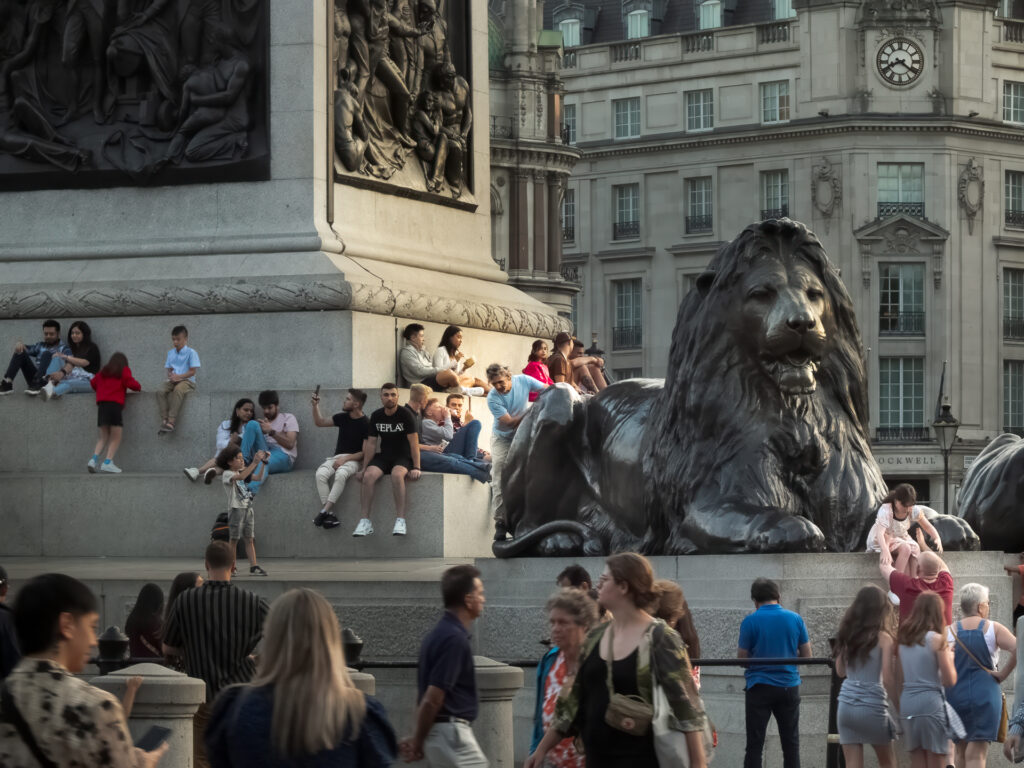




Comments
Brian Dolzani on Shooting Analog in the Italian Alps (my new Rolleicord and the first b/w roll)
Comment posted: 08/05/2024
Enjoy - I'm jealous of the location!
Comment posted: 08/05/2024
Gary Smith on Shooting Analog in the Italian Alps (my new Rolleicord and the first b/w roll)
Comment posted: 08/05/2024
Comment posted: 08/05/2024
Comment posted: 08/05/2024
Comment posted: 08/05/2024
Gil Aegerter on Shooting Analog in the Italian Alps (my new Rolleicord and the first b/w roll)
Comment posted: 08/05/2024
Comment posted: 08/05/2024
Daniel Emerson on Shooting Analog in the Italian Alps (my new Rolleicord and the first b/w roll)
Comment posted: 08/05/2024
Interesting to read your use of hyperfocal distance which almost gives a set and forget. I guess it enables quick shooting so not to miss that significant shot. Almost like the old fixed focus point and shoot.
My experience with TWRs was with a Mamiya V330 used for portraiture. Terrific glass with fabulous colour rendition.
Beyond providing a better environment for focusing, I found the experience of using the pop up magnifier more visually encompassing and an experience in itself. So much more inviting than looking directly at the 6x6 ground glass. My current camera that excels in this viewfinder experience is the Bronica ETRs 645 that converts the world into a visual wonderland.to be captured on film, particularly when the subject is in close proximity and has multiple planes of focus. Very intimate.
Thanks for sharing your experiences with the beast from the past. Enjoyed your photos.
Regards
Daniel
Dan Emerson.
Comment posted: 08/05/2024
Graham Orbell on Shooting Analog in the Italian Alps (my new Rolleicord and the first b/w roll)
Comment posted: 08/05/2024
I fitted each of my Rolleis with new viewfinder screens from Aliexpress. They are the same for each camera and easy to change as long as you’re careful to not let the retaining springs fly across the room! The screens I bought are very high quality and the same thickness as original, not affecting the focus calibration. They are bright and clear making focus easier. They were replacement screens, not the cheaper ones that fit over the original ground glass. Not very expensive, I think about NZ$60 each. € would be around half that.
If or when you change the screen you’ll see that there is parallax correction built in with a mask moving down from the top of the viewfinder as the camera focuses closer.
I bought my Rolleicord second hand in 1963 and it kick started me into a career in photography leading to half a century filming stories for television. So I have a nostalgic attachment to it.
Comment posted: 08/05/2024
Comment posted: 08/05/2024
Comment posted: 08/05/2024
Comment posted: 08/05/2024
Ibraar Hussain on Shooting Analog in the Italian Alps (my new Rolleicord and the first b/w roll)
Comment posted: 08/05/2024
Thanks my friend
Incidentally I wrote an article here which was quite similar though a Rolleiflex in the Western Himalaya and Karakoram
Comment posted: 08/05/2024
Marcus Gunaratnam on Shooting Analog in the Italian Alps (my new Rolleicord and the first b/w roll)
Comment posted: 08/05/2024
Later on 220 film was introduced which had ?24 exposures.Once I wanted to join the ranks of the Elite and applied to the photographic society, and I was informed that 1/2 frame was not acceptable and that I needed to supply the society with 6x6 or larger negatives.I wonder if they still insist on full frame or are willing to accept MFT lens images.
Comment posted: 08/05/2024
Jukka Reimola on Shooting Analog in the Italian Alps (my new Rolleicord and the first b/w roll)
Comment posted: 09/05/2024
Comment posted: 09/05/2024
James Evidon on Shooting Analog in the Italian Alps (my new Rolleicord and the first b/w roll)
Comment posted: 09/05/2024
Oh, and I like your images very much.
Comment posted: 09/05/2024